Rachel Casper is a student at Harvard Law School.
On Friday, in Demkovich v. St. Andrew the Apostle Parish, the United States Court of Appeals for the Seventh Circuit held that the ministerial exception applied to a ministerial employee’s hostile work environment claims brought under Title VII and the ADA. The decision expands the ministerial exception beyond tangible employment actions and into the realm of unlawful harassment. The decision also deepens an existing circuit split, highlighting an issue ripe for Supreme Court review.
In a 7-3 en banc decision, Judge Brennan, writing for the majority, held that hostile work environment claims stemming from minister-on-minister harassment are categorically barred. The decision, positioning itself as a natural extension of Supreme Court precedent, expanded on two principles contained in Hosanna-Taborand Morrissey-Berru. Although those Supreme Court cases reached only a religious organization’s choice to fire its ministers, the Seventh Circuit found that the “protected interest of a religious organization in its ministers covers the entire employment relationship,” which, like here, may include severe or pervasive harassment as part of religious supervision. According to the court, the protected interest is the ministerial relationship: the church-minister and minister-minister relationship itself. The second principle the court heavily discussed is the constitutional evil the ministerial exception aims to combat, namely “civil intrusion and excessive entanglement” in religion.
Looking first to protection of the entire ministerial relationship, the court highlighted that “ministerial employment is fundamentally distinct”; the appropriateness of a minister’s work environment is necessarily a religious question. Accordingly, neutral, secular principles of law cannot be used to analyze a minister’s hostile work environment claim. Any such analysis is necessarily religious, not merely legal.
As for civil intrusion and excessive entanglement, ministerial hostile work environment claims, according to the court, categorically pose constitutional threats under both the Free Exercise and Establishment Clauses. The Free Exercise Clause must protect a religious organization’s freedom to “shape its faith and mission through its work environment,” protect its independence in determining church discipline, and insulate its power over internal governance. Minister-on-minister hostile work environment claims would necessarily undermine all these protected interests. Turning to the Establishment Clause, the court stated that “when a court adjudicates a minister’s hostile work environment claim based on the protected ministerial relationship, excessive entanglement results.”
The Seventh Circuit decision concluded with a truism: “True, religious organizations do not ‘enjoy a general immunity from secular laws.’” Attempting to placate skeptics, or perhaps the dissent, the court granted that religious organizations remain subject to criminal and tort liability; ministerial employees are merely barred from bringing hostile work environment claims based on minister-on-minister harassment.
Judge Hamilton, joined by two other judges, dissented. The dissent proffered a case-by-case analysis of ministers’ hostile work environment claims rather than the majority’s categorical rule. The dissent highlighted six points: 1) The Supreme Court has not decided this question; 2) there is a circuit split on the issue; 3) religious liberty and ministerial hostile work environment claims can coexist; 4) the purpose of the ministerial exception does not extend to hostile work environment claims; 5) case-by-case analysis better fits the purpose of the ministerial exception and the “broader landscape of litigation in civil courts involving churches”; and 6) the practical consequences of this decision are significant.
The dissent’s first point, that the Supreme Court has not decided this question, merits repeating. Although the majority claims to merely follow principles laid out in Hosanna-Tabor and Morrissey-Berru, the Supreme Court in those cases took pains to say that it was not answering this question. In Hosanna-Tabor, the Court explicitly held only that the ministerial exception bars a minister’s suit challenging her church’s decision to fire her. The Court expressed “no view on whether the exception bars other types of suits.”
A categorical bar goes beyond what the First Amendment requires and, per the dissent, “creates for religious institutions a constitutional shelter from generally applicable laws, at the expense of the rights of employees.” The ministerial exception stems from constitutional necessity. The exception applies when it is necessary to safeguard First Amendment rights, as when a religious organization is choosing its ministers. As I have written before, and the dissent agreed, case-by-case analysis of ministers’ hostile work environment claims appropriately protects religious liberty while simultaneously protecting employees and the goals of anti-discrimination law.
The majority’s broad strokes are unnecessary for religious liberty and actively undermine employees’ safety and rights. As both the majority and dissent noted, religious organizations are not generally immune from litigation. Religious organizations can be liable under tort, contract, property, and criminal law. Non-ministerial employees can bring hostile work environment claims, and ministers and non-ministers alike can bring tort claims that may be based on the same facts. As the dissent stated, “[c]ourts already navigate these waters with more attention to nuance and less reliance on absolute immunities. Religious liberty still thrives.” Categorical immunity extends beyond the demands of the First Amendment, thwarting congressional mandate and hurting employee rights.
Categorical immunity also falls outside the purpose of the ministerial exception. The majority emphasized the importance of protecting a religious organization’s independence in the supervision and control of its ministers. The majority is right; religious organizations do have the right to supervise and control ministers, not merely hire and fire them. The majority is wrong, however, that harassment is necessary for such control. As the dissent and the Ninth Circuit articulated, the ministerial exception already bars ministers from bringing suits against their religious employers for discriminatory tangible employment actions. In other words, religious employers can freely hire, fire, promote, demote, compensate, and transfer their ministers (and more) without civil court interference. The arsenal of protected tangible employment actions is abundant and adequately protects religious employers’ right to control and supervise ministers. Severe or pervasive harassment on the basis of protected characteristics is not a constitutionally protected tool. Harassment need not be protected to maintain a religious organization’s right to select and control its ministers.
Employees of religious organizations are up against the perfect storm. First, the number of ministerial employees is increasing. Thanks to the Supreme Court’s broad definition of minister in Morrisey-Berru and advocates’ public advice to religious employers to craft job descriptions based on the legal definition of “minister,” there are a growing number of employees whose claims will be barred by the ministerial exception. As Justice Sotomayor noted in her Morrisey-Berru dissent, hundreds of thousands of employees – coaches, teachers, nurses, social workers, and more – may constitute ministerial employees and lose their rights. In the Seventh Circuit, those growing number of workers will now be barred from bringing hostile work environment claims if they are harassed by other ministerial employees. Second, this decision deepens an existing circuit split on ministerial employees’ hostile work environment claims. The circuit split increases the likelihood that Demkovich, or a case like it, will be reviewed by the Supreme Court.
Demkovich threatens the rights of workers and their access to courts throughout the country. With the Supreme Court’s demonstrated concern about religious liberty and arguable apathy towards workers’ rights and employee protections, ministerial employees’ rights are at risk. With a growing number of impacted workers, a broadening of employer immunity, and an erosion of rights, Demkovich should concern everyone interested in anti-discrimination law, workers’ rights, and civil rights.
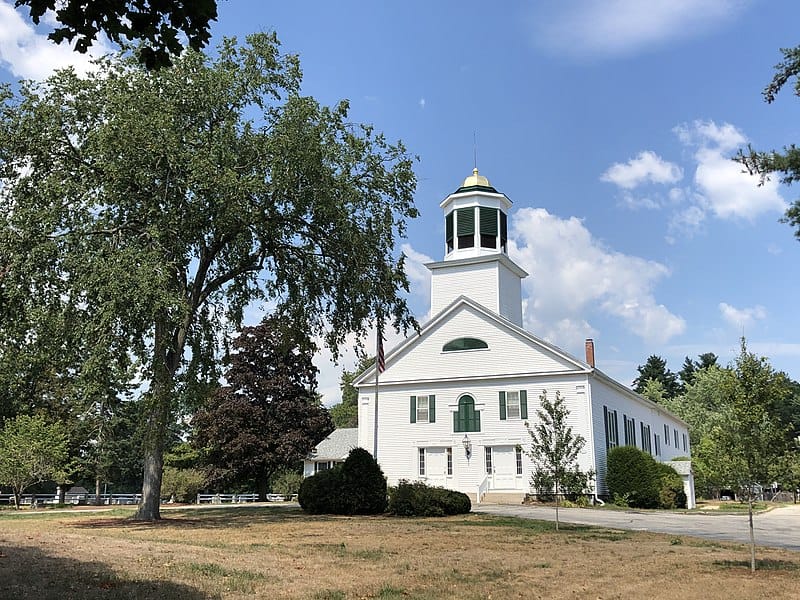

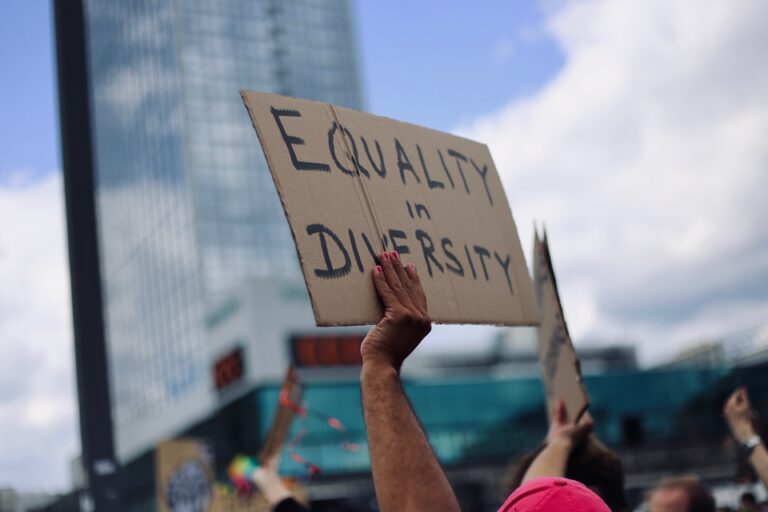
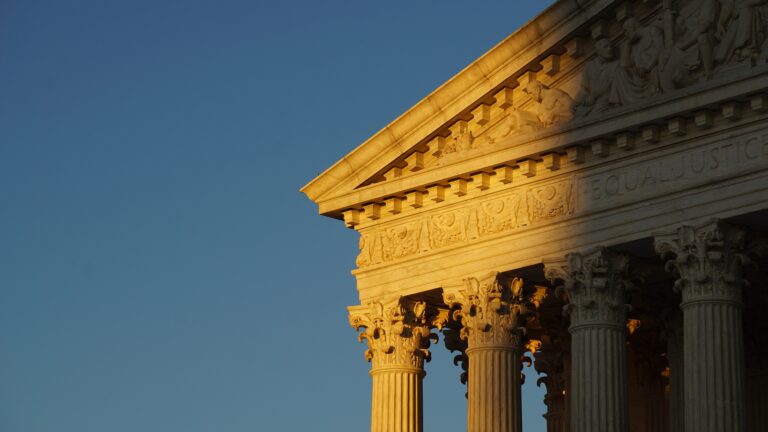
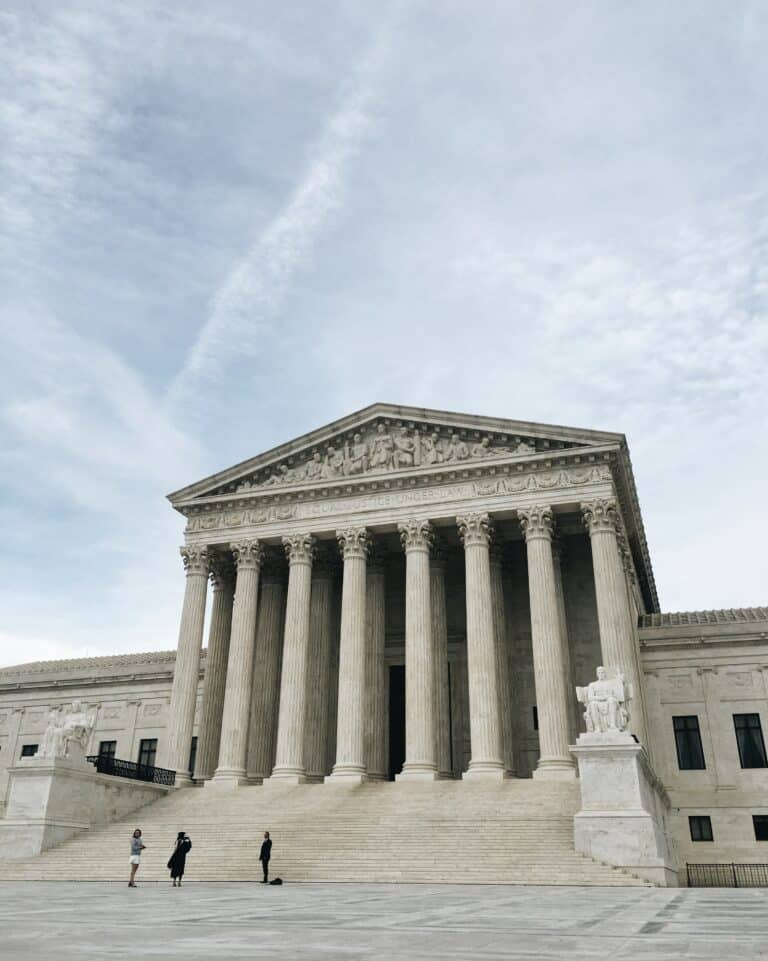




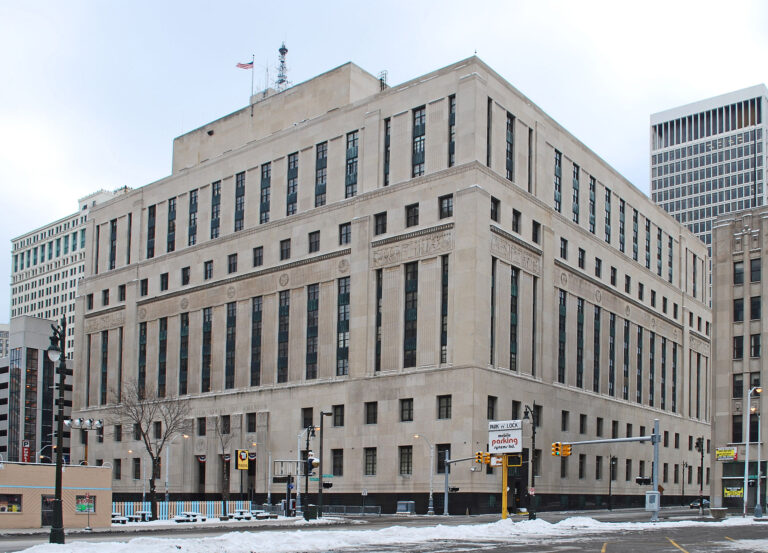
Daily News & Commentary
Start your day with our roundup of the latest labor developments. See all
December 13
In today’s News & Commentary, the Senate cleared the way for the GOP to take control of the NLRB next year, and the NLRB classifies “Love is Blind” TV contestants as employees. The Senate halted President Biden’s renomination of National Labor Relations Board Chair Lauren McFerran on Wednesday. McFerran’s nomination failed 49-50, with independents Joe […]
December 11
In today’s News and Commentary, Biden’s NLRB pick heads to Senate vote, DOL settles a farmworker lawsuit, and a federal judge blocks Albertsons-Kroger merger. Democrats have moved to expedite re-confirmation proceedings for NLRB Chair Lauren McFerran, which would grant her another five years on the Board. If the Democrats succeed in finding 50 Senate votes […]
December 10
In today’s News and Commentary, advocacy groups lay out demands for Lori Chavez-DeRemer at DOL, a German union leader calls for ending the country’s debt brake, Teamsters give Amazon a deadline to agree to bargaining dates, and graduates of coding bootcamps face a labor market reshaped by the rise of AI. Worker advocacy groups have […]
December 9
Teamsters file charges against Costco; a sanitation contractor is fined child labor law violations, and workers give VW an ultimatum ahead of the latest negotiation attempts
December 8
Massachusetts rideshare drivers prepare to unionize; Starbucks and Nestlé supply chains use child labor, report says.
December 6
In today’s news and commentary, DOL attempts to abolish subminimum wage for workers with disabilities, AFGE reaches remote work agreement with SSA, and George Washington University resident doctors vote to strike. This week, the Department of Labor proposed a rule to abolish the Fair Labor Standards Act’s Section 14(c) program, which allows employers to pay […]